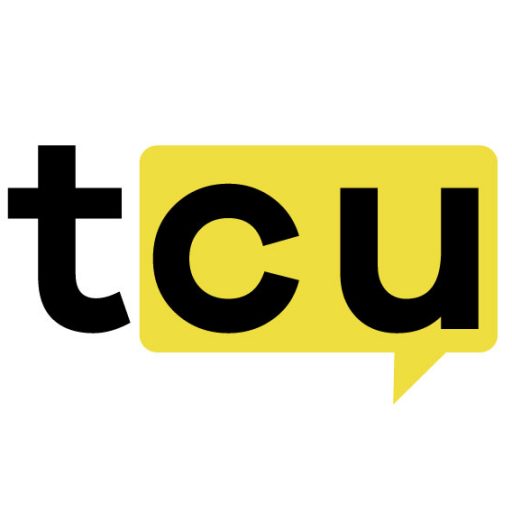https://unsplash.com/photos/gold-and-silver-round-coins-KBHQAP4IzKQ
On June 17, 2025, the U.S. Senate took a major step toward regulating the digital currency world. It passed a new law called the GENIUS Act (Generating Economic New Innovation Using Secure Tokens). This law is the first of its kind in the U.S. to create clear national regulations for stablecoins.
Cryptocurrencies like Bitcoin and Ethereum are often considered unpredictable, so stablecoins like Tether were introduced to address their price volatility. These tokens are pegged to the US Dollar, making them ideal for use in a wide range of industries, like real estate, health care, and even online gaming. For example, according to Senior Editor Danica Jovic, several crypto casinos now support stablecoins, allowing players to deposit and wager in Tether, USD, and other cryptocurrencies. This helps ensure faster transaction speeds, privacy, and, above all, price stability.
The news also had a positive knock-on effect on companies behind stablecoins and notably caused a dramatic rise in the stock price of Circle Internet Group (CRCL)—the company behind the popular USDC stablecoin. Investors and regulators are now more confident in how the government views these digital currencies and assets.
Legislative milestone for Stablecoin Issuers
The GENIUS Act sets out strict and clear guidelines for companies that want to create stablecoins. Every stablecoin must be backed by safe, easy-to-sell assets like US Dollars, Treasury bonds, or money market funds. This, even though Stablecoins that yield interest are prohibited. Companies must hold their reserve funds in separate accounts and provide monthly reports providing details of their reserve itinerary. Only trusted banks or approved payment companies can issue stablecoins.
Non-financial public companies need unanimous approval from the Treasury Secretary, Federal Reserve Chair, and FDIC Chair to issue stablecoins. This law prohibits large tech companies from entering this space without oversight. It also makes it clear that these regulated stablecoins are not securities. This means that the SEC (Securities and Exchange Commission) won’t treat them like stocks or bonds. Experts are calling this law a watershed moment in U.S. crypto regulation.
Circle’s Stock Soars
Investors are showing excitement. Circle launched on the New York Stock Exchange in early June 2025 at $31 per share. By mid-June, the stock had jumped about 168% on its first day of trading. After the Senate passed the GENIUS Act, Circle’s stock rose again, reaching nearly $200 per share by June 20. That’s over a 500% increase in total gains.
Optimism from Wall Street Analysts
Wall Street analysts are also upbeat about Circle’s future. Jeff Cantwell, an analyst from Seaport Research Partners, gave the stock a “buy” rating and set a price target of $235. He thinks the total value of all stablecoins could double to $500 billion by late 2026. He also thinks that it has the potential to grow to $2 trillion in the future. If it is used for international payments, remittances, and online shopping, it can be a realistic target.
Circle’s strong position is based on its fast payment network (CPN) and its USDC stablecoin, which already holds more than $61 billion in deposits.
Even though Circle hasn’t released earnings yet, it is believed that the stock has risen about 650% since going public. Analysts still believe there will be more growth, estimating a 25-30% increase in annual revenue.
![]()


